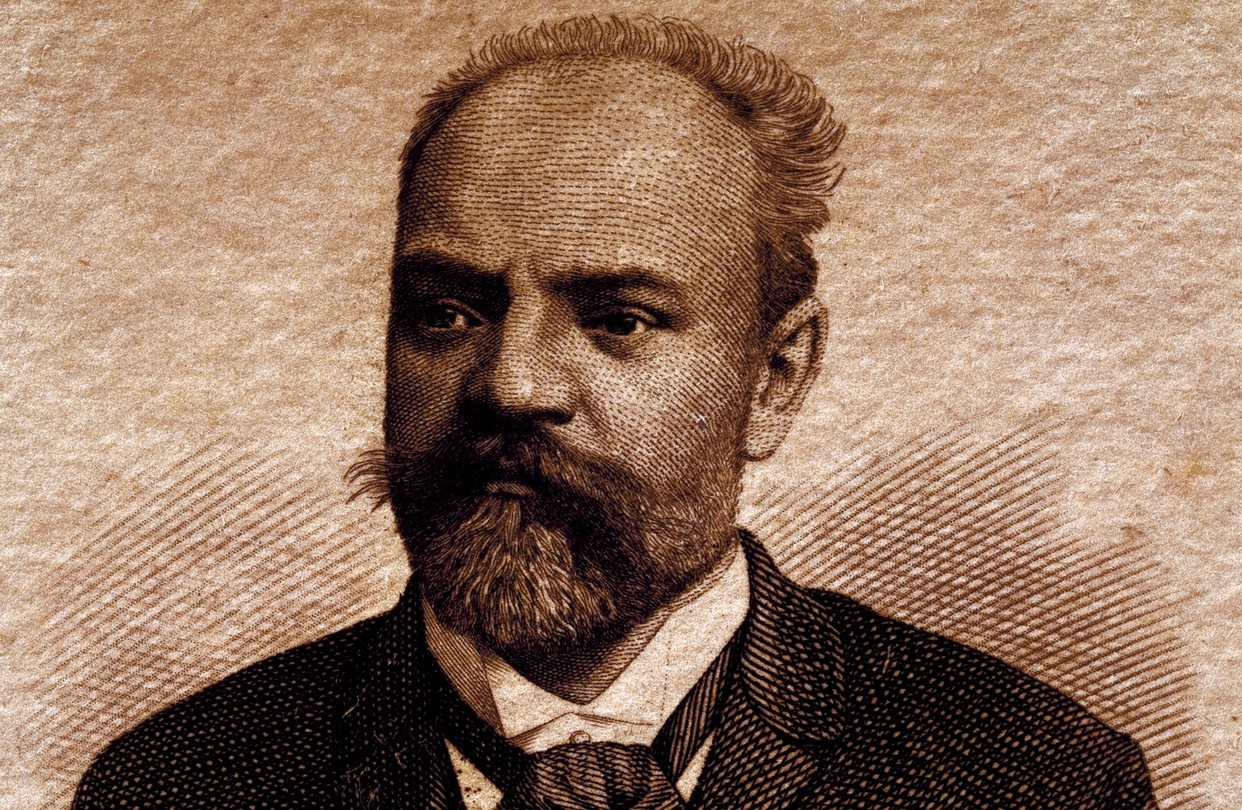Themes in Dvorak’s “New World Symphony”
by F.R. Singleton
The renowned Czech composer Antonín Dvořák recognized the significance of Negro spirituals and the contributions they made to American culture in his most famous symphony, “From The New World.” In 1892 Dvorak came to the United States to direct the National Conservatory in New York. During his stay of three years he became interested in the music of Blacks and Indians when the critic Krehbiel brought it to his attention. After hearing Harry T. Burleigh sing spirituals, Dvorak was greatly impressed and decided to imitate the style of the spiritual in his own music. He left for Spillville, Iowa, where there was a Czech population, and began working on sketches for a symphony. Dvorak’s Fifth Symphony in E minor, Op. 95, was completed in 1892. Anton Seidl conducted the New York Philharmonic in the first performance on December 15, 1893.
Dvorak modeled his thematic material after the Negro spiritual with such great skill it is sometimes thought his melodies are of American origin. The theme of “Swing Low Sweet Chariot” runs throughout the first movement to symbolize the religious beliefs of the American people and their hope of a new life. The famous English horn melody of the second movement displays all the melancholy and religious feeling of the negro Spiritual. The third and fourth movements also reflect Negro music.
In an interview published in the New York Herald, Dvorak said, “I am convinced that the future music of this country must be founded on what are called Negro melodies. These can be the foundation of a serious and original school of composition to be developed in the United States.
When I first came here I was impressed with the idea, and it has developed into a settled conviction. These beautiful and various themes are the product of the soil. They are American. In the Negro melodies of America I discovered all that is needed for a great and noble school of music. They are pathetic, tender, passionate, melancholy, solemn, religious, bold, merry, gay, gracious, or what you will…. There is nothing in the whole range of compositions that cannot find a thematic source here.

